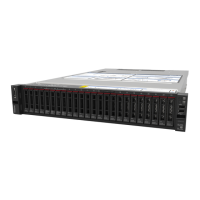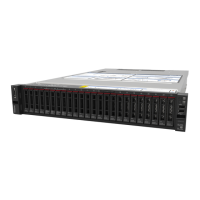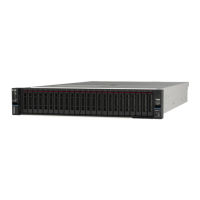Table 10. Independent mode with two processors (continued)
Total Processor 2 Processor 1 Total
DIMMs 24 23 22 21 20 19 18 17 16 15 14 13 12 11 10 9 8 7 6 5 4 3 2 1 DIMMs
11 22 20 17 15 13 12 10 8 5 3 1 11
12 24 22 20 17 15 13 12 10 8 5 3 1 12
13 24 22 20 17 15 13 12 10 8 6 5 4 3 13
14 24 22 20 18 17 16 15 12 10 8 6 5 4 3 14
15 24 22 20 18 17 16 15 10 9 8 7 6 5 4 3 15
16 22 21 20 19 18 17 16 15 10 9 8 7 6 5 4 3 16
17 22 21 20 19 18 17 16 15 12 10 8 6 5 4 3 2 1 17
18 24 22 20 18 17 16 15 14 13 12 10 8 6 5 4 3 2 1 18
19 24 22 20 18 17 16 15 14 13 10 9 8 7 6 5 4 3 2 1 19
20 22 21 20 19 18 17 16 15 14 13 10 9 8 7 6 5 4 3 2 1 20
21 24 22 20 18 17 16 15 14 13 12 11 10 9 8 7 6 5 4 3 2 1 21
22 24 22 21 20 19 18 17 16 15 14 13 12 10 9 8 7 6 5 4 3 2 1 22
23 24 22 21 20 19 18 17 16 15 14 13 12 11 10 9 8 7 6 5 4 3 2 1 23
24 24 23 22 21 20 19 18 17 16 15 14 13 12 11 10 9 8 7 6 5 4 3 2 1 24
Mirroring mode
In mirroring mode, each memory module in a pair must be identical in size and architecture. The channels are
grouped in pairs with each channel receiving the same data. One channel is used as a backup of the other,
which provides redundancy.
Note: All memory modules to be installed must be the same type with the same capacity, frequency,
voltage, and ranks.
The following table shows the memory module population sequence for mirroring mode when only one
processor (Processor 1) is installed.
Table 11. Mirroring mode with one processor
Total Processor 1 Total
DIMMs 12 11 10 9 8 7 6 5
4 3 2 1 DIMMs
2 5 3 2
3 5 3 1 3
4 10 8 5 3 4
6 12 10 8 5 3 1 6
8 10 9 8 7 6 5 4 3 8
9 12 10 8 6 5 4 3 2 1 9
12 12 11 10 9 8 7 6 5 4 3 2 1 12
The following table shows the memory module population sequence for mirroring mode when two
processors (Processor 1 and Processor 2) are installed.
Chapter 3. Server hardware setup 143

